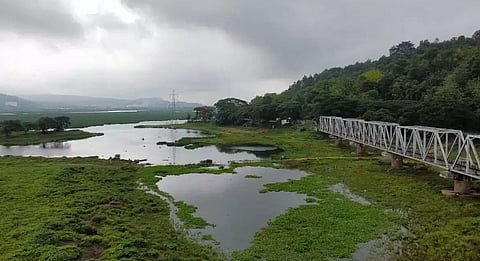
- Home
- Live Blog
- Breaking News
- Top Headlines
- Cities
- NE News
- Sentinel Media
- Sports
- Education
- Jobs

The National Board for Wildlife’s approval for construction of elevated railway corridors in order to ensure unhindered access for wild elephants of the Rani-Garbhanga forests to the amazing wetland of Deepor Beel is definitely a very positive development. The Deepor Beel, which is also the only Ramsar Site in Assam, has been under serious threat from various quarters. While encroachment on it by all kinds from various quarters – from unscrupulous politicians to corrupt government officers and land-hungry business-people to developmental projects like railway tracks and railway stations, it is unfortunate that the Government of Assam have not been able to take a really bold stand on saving Deepor Beel from imminent destruction and extinction. The decision to construct elevated railway corridors will definitely reduce the physical obstruction and disturbance to the pachyderms. What would have been best under present circumstances is to replace the entire present stretch of railway track between Kamakhya station and Mirza with an elevated corridor. While a large number of wild elephants – precious in terms of biodiversity – have been killed by speeding trains in the Deepor Beel stretch, various industrial activities coming up around and in the wetland area have further threatened the very existence of Deepor Beel. Failure to protect Deepor Beel also means failure to tackle the rising drainage problem of Guwahati, particularly during the monsoon months. Deepor Beel is only one example of threatened wetlands in Assam. While a number of wetlands in the heart of Guwahati have disappeared since the Assam capital was brought down from Shillong in 1974, those still in existence – like Silsako, Deepor Beel, Borsola Beel, Sarusola Beel, Bondajan – are struggling to survive. The Guwahati Water Bodies (Preservation & Conservation) Act of 2008, probably needs to be revisited. The several big and small rivers and streams passing through Guwahati should also be probably brought under purview of this Act and provisions for drastic steps be incorporated in order to protect and conserve these wetlands and water-bodies in the true sense of the term.